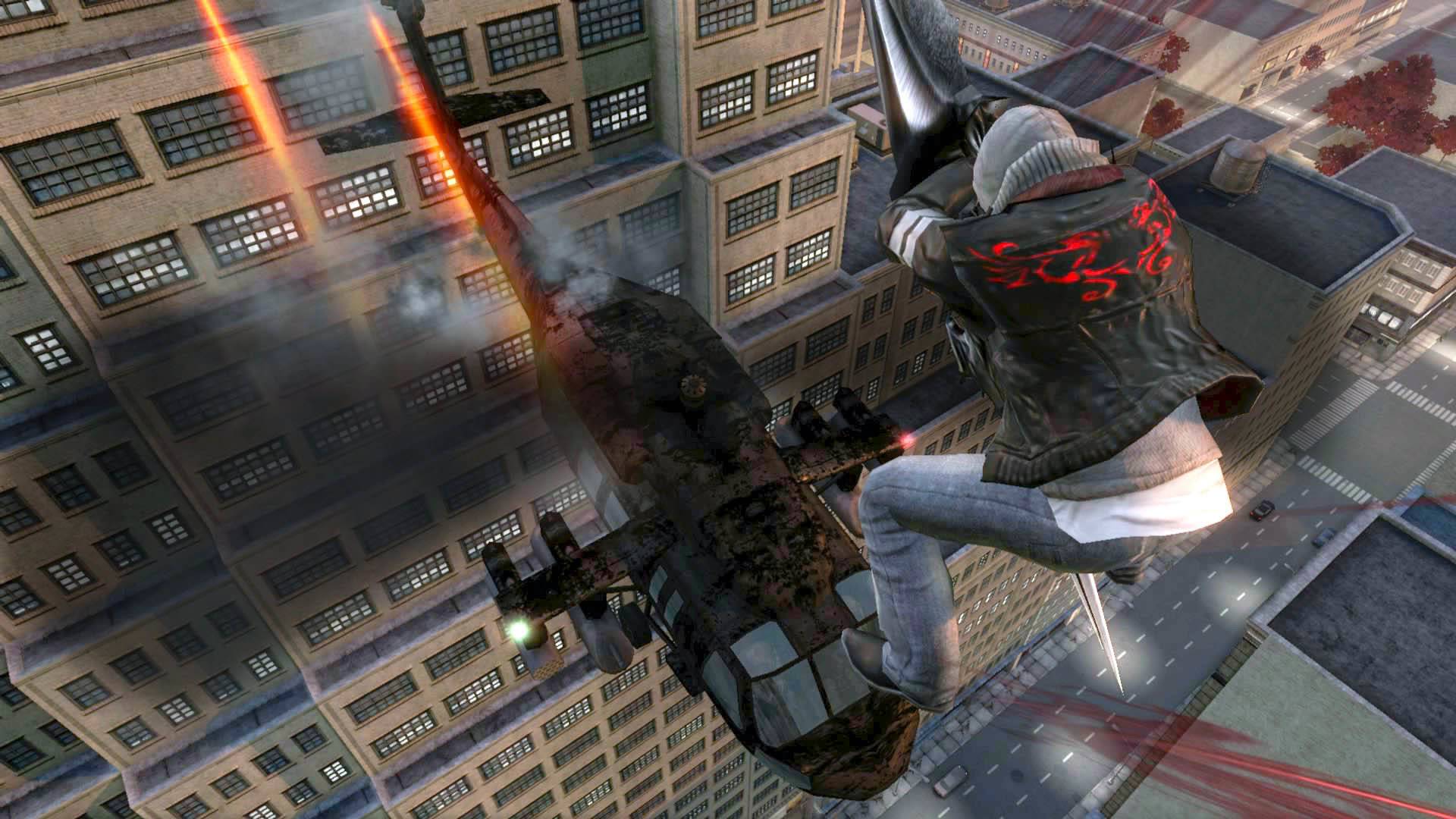The smart Trick of Technical Questions - New Product Design That Nobody is Discussing
An Unbiased View of 7 Questions a Polymer Supplier Can Answer During Product
Finding an option to a problem consists of the following 5 stages: Learn about individuals for whom you are creating. Conduct research study to establish a much deeper understanding of your users. Create a viewpoint that is based upon user requirements and insights. Brainstorm and develop as many innovative options as possible.

Develop a prototype (or series of models) to check your hypothesis. Producing a model lets designer see if they're on the best track, and it frequently triggers different concepts that you wouldn't have actually created otherwise. Go back to This Author for feedback. While design thinking is simply a technique to analytical, it increases the likelihood of success.
Style Process, Now, with an understanding of what design thinking is, it's time to define the design procedure. The design process is a series of actions that product teams follow throughout the formulation of an item from start to end up. Having a solid well-structured process is necessary for 2 reasons: It assists you to remain focused and assists you to remain on schedule.

6 Questions Startups Should Ask About Design and - Clutch Things To Know Before You Buy
This flow includes the following actions: Defining the product vision, Product research, User analysis, Ideation, Design, Checking and validation, Post-launch activities1. Define Item Vision And Strategy, One of the most crucial phases of item style is actually done before the style process even starts. Prior to you start constructing an item, you require to understand its context for existence.

Have you ever worked on a job whose total objective was not clear? In which individuals involved in the design and development just vaguely comprehended the purpose of the item? Rather typically this takes place because there is no vision for the item. Unfortunately, this circumstance happens all frequently.
As the old Japanese proverb goes, "Vision without action is a vision. Action without vision is a problem."Every design task requires an item vision that sets the instructions and guides the product advancement team. Vision records the essence of the product the important information that the item team must understand in order to develop and introduce a successful item.
UNDER MAINTENANCE